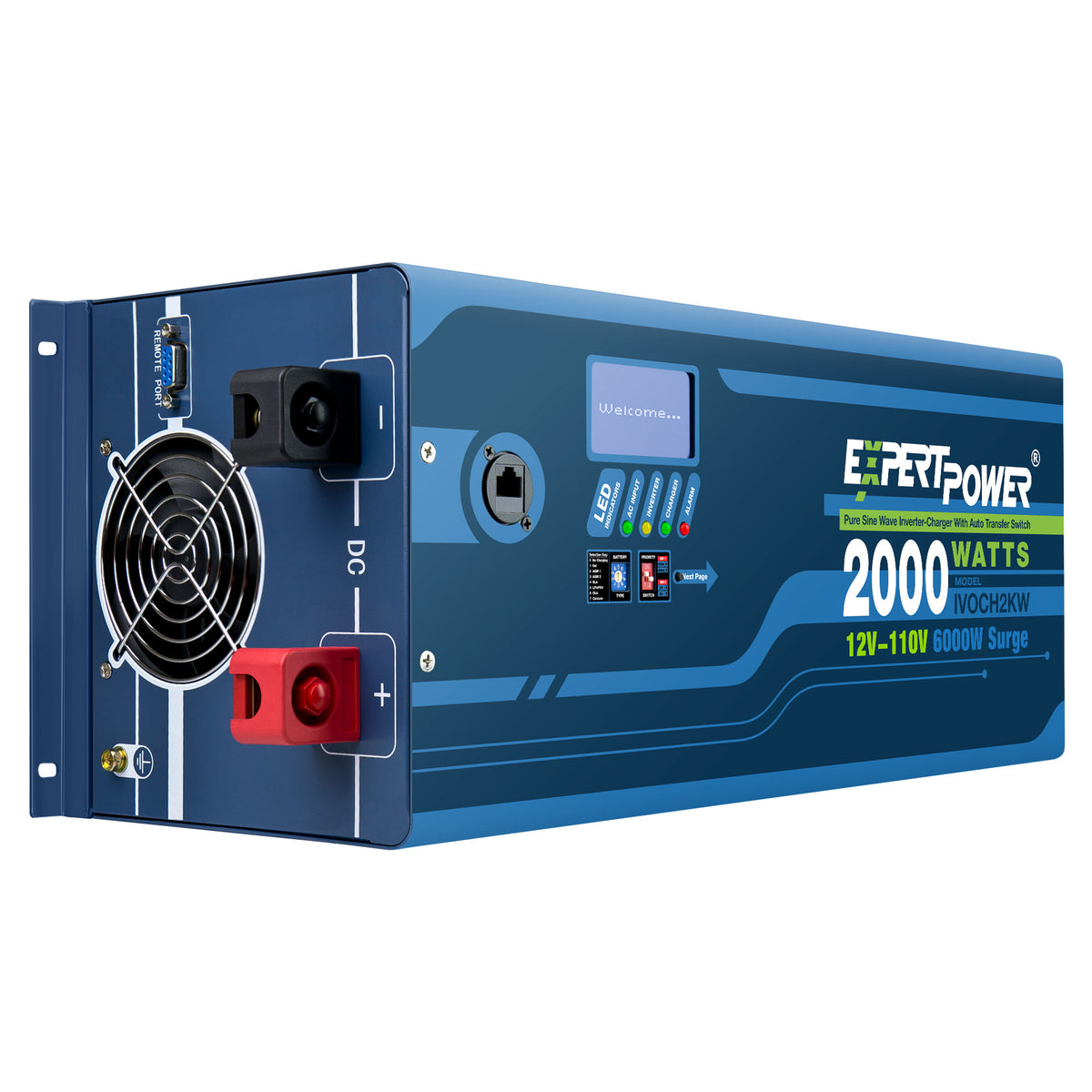buckeyestargazer
New Member
I'm planning to add a whole RV inverter and could use a little help figuring parts of it out. I'm planning to use the Renogy 3000W inverter to power everything except for the A/C. I have a 230AH LiFePO4 battery. Right now, the BMS limits the discharge current to 100A. I might need to update that?
-Renogy told me to use a 400A ANL fuse between the battery and inverter.
-Just for an example, let's say I need 2000W power constant. I believe that translates to about 167A, so I would need a BMS that is capable of at least 167A, correct?
-If that figure approaches 3000W then I would need a 250A BMS?
-The Renogy can surge to 6000W which is a crazy high current of 500A?
Basically, what BMS do I need and what size ANL fuse?
-Renogy told me to use a 400A ANL fuse between the battery and inverter.
-Just for an example, let's say I need 2000W power constant. I believe that translates to about 167A, so I would need a BMS that is capable of at least 167A, correct?
-If that figure approaches 3000W then I would need a 250A BMS?
-The Renogy can surge to 6000W which is a crazy high current of 500A?
Basically, what BMS do I need and what size ANL fuse?








